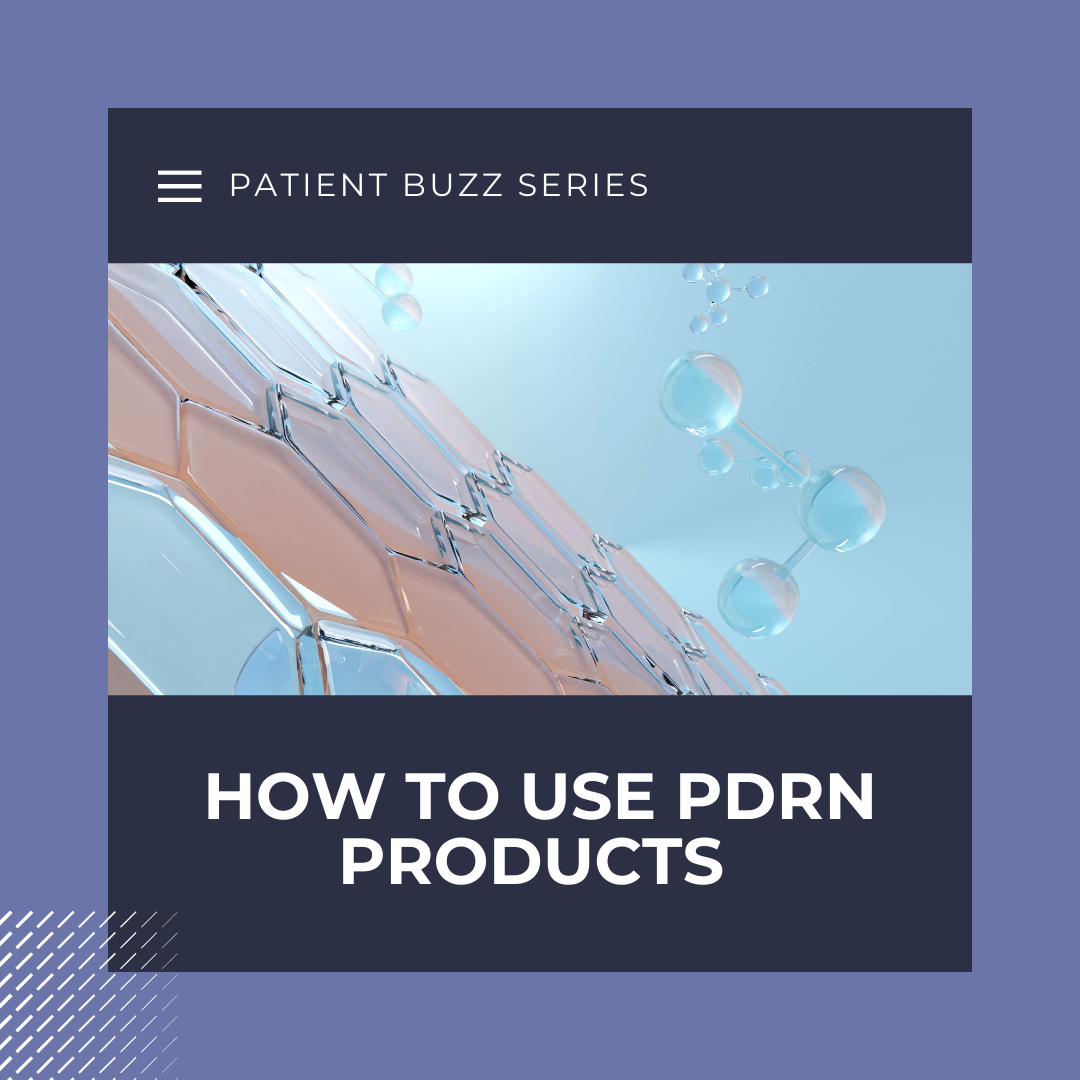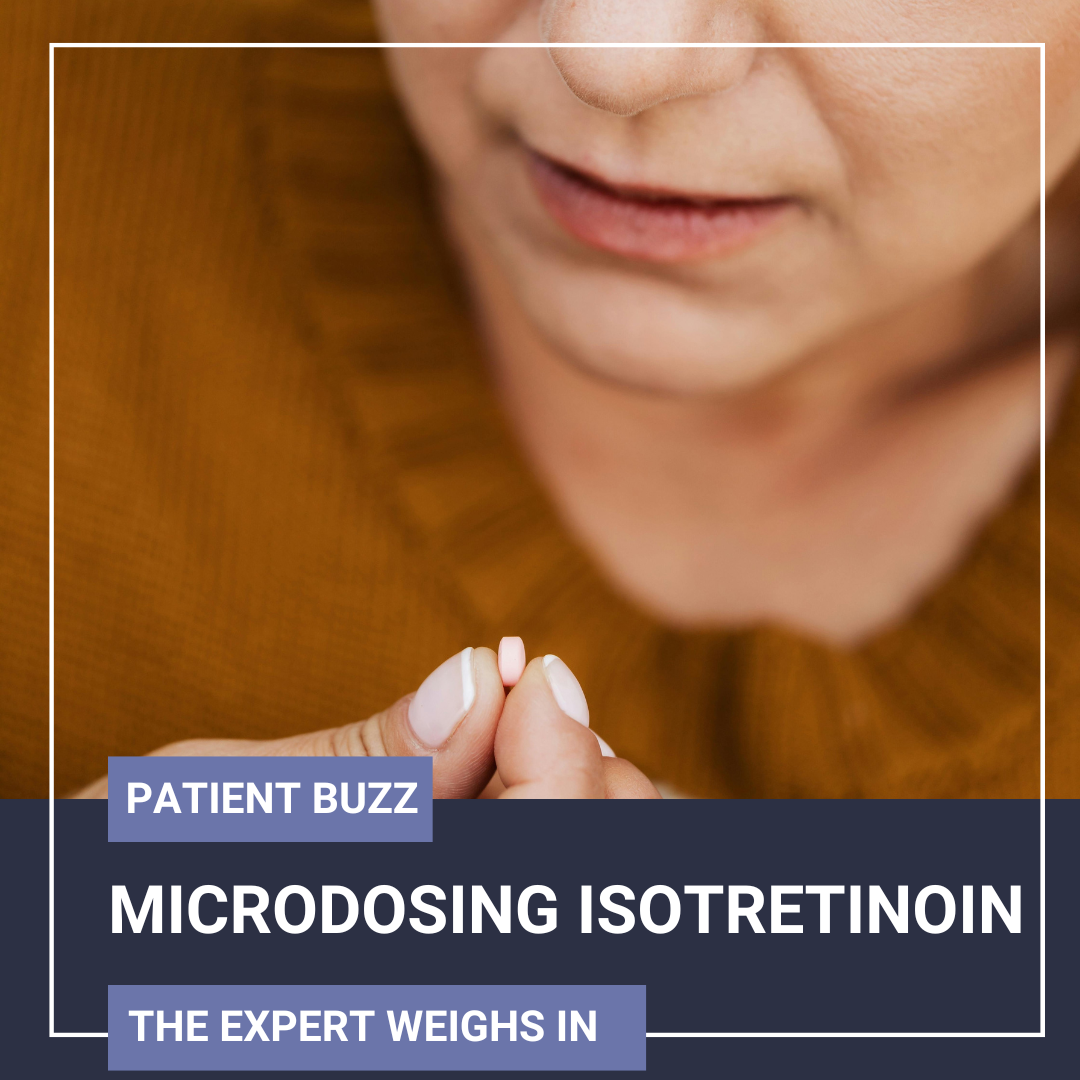Patient Buzz Series: How to Use PDRN Products
 PDRN is one of the hottest new skincare ingredients, and it’s commonly known from its source – salmon sperm. Products with PDRN are expected to rise in popularity in 2026. Marie Claire posted a primer on PDRN products and how to maximize their benefits. Dermatologist Dr. Deborah Longwill says PDRN products improve hydration and skin barrier repair, and are helpful in the recovery process after …
PDRN is one of the hottest new skincare ingredients, and it’s commonly known from its source – salmon sperm. Products with PDRN are expected to rise in popularity in 2026. Marie Claire posted a primer on PDRN products and how to maximize their benefits. Dermatologist Dr. Deborah Longwill says PDRN products improve hydration and skin barrier repair, and are helpful in the recovery process after …
 PDRN is one of the hottest new skincare ingredients, and it’s commonly known from its source – salmon sperm. Products with PDRN are expected to rise in popularity in 2026. Marie Claire posted a primer on PDRN products and how to maximize their benefits. Dermatologist Dr. Deborah Longwill says PDRN products improve hydration and skin barrier repair, and are helpful in the recovery process after …
PDRN is one of the hottest new skincare ingredients, and it’s commonly known from its source – salmon sperm. Products with PDRN are expected to rise in popularity in 2026. Marie Claire posted a primer on PDRN products and how to maximize their benefits. Dermatologist Dr. Deborah Longwill says PDRN products improve hydration and skin barrier repair, and are helpful in the recovery process after … Continue reading "Patient Buzz Series: How to Use PDRN Products"


 This patient should be treated with what medication to avoid further scarring?
A. Topical tretinoin
B. Minocycline
C. Isotretinoin
D. Spironolactone
E. Bactrim
To find out the correct answer and read the explanation, click here.
Brought to you by our brand partner
*Brand partners had no involvement in the content of the questions or answers.
Image creadi …
This patient should be treated with what medication to avoid further scarring?
A. Topical tretinoin
B. Minocycline
C. Isotretinoin
D. Spironolactone
E. Bactrim
To find out the correct answer and read the explanation, click here.
Brought to you by our brand partner
*Brand partners had no involvement in the content of the questions or answers.
Image creadi …  Vulvar dermatoses are commonly underdiagnosed in women with skin of color, and culture plays a role. Certain communities of color view vulvar concerns with shame or as evidence of moral impurity, leading women to delay seeking care. Structural and educational barriers can also influence how a woman obtains medical care for her vulvar concerns and even what she shares with the clinician. In additio …
Vulvar dermatoses are commonly underdiagnosed in women with skin of color, and culture plays a role. Certain communities of color view vulvar concerns with shame or as evidence of moral impurity, leading women to delay seeking care. Structural and educational barriers can also influence how a woman obtains medical care for her vulvar concerns and even what she shares with the clinician. In additio …  Vogue wrote an article about the ‘Hollywood Dose’ – microdosing isotretinoin for clearer skin. The concept of a reduced dose was once popular among models and actors who were looking for a flawless, glowing look. Yet dermatologists say prescribing isotretinoin at levels lower than the traditional dose can be beneficial for some everyday acne patients, too. Low-dose isotretinoin offers fewer …
Vogue wrote an article about the ‘Hollywood Dose’ – microdosing isotretinoin for clearer skin. The concept of a reduced dose was once popular among models and actors who were looking for a flawless, glowing look. Yet dermatologists say prescribing isotretinoin at levels lower than the traditional dose can be beneficial for some everyday acne patients, too. Low-dose isotretinoin offers fewer …  The burden of vitiligo is significant in patients with skin of color, which makes treatment breakthroughs more impactful. Dr. Pearl E. Grimes, chair of the Pigmentary Disorders Exchange Symposium, spoke with Next Steps in Derm, in partnership with Skin of Color Update, about breakthroughs in the treatment of vitiligo in patients with skin of color. Find out which therapies have enhanced results i …
The burden of vitiligo is significant in patients with skin of color, which makes treatment breakthroughs more impactful. Dr. Pearl E. Grimes, chair of the Pigmentary Disorders Exchange Symposium, spoke with Next Steps in Derm, in partnership with Skin of Color Update, about breakthroughs in the treatment of vitiligo in patients with skin of color. Find out which therapies have enhanced results i …